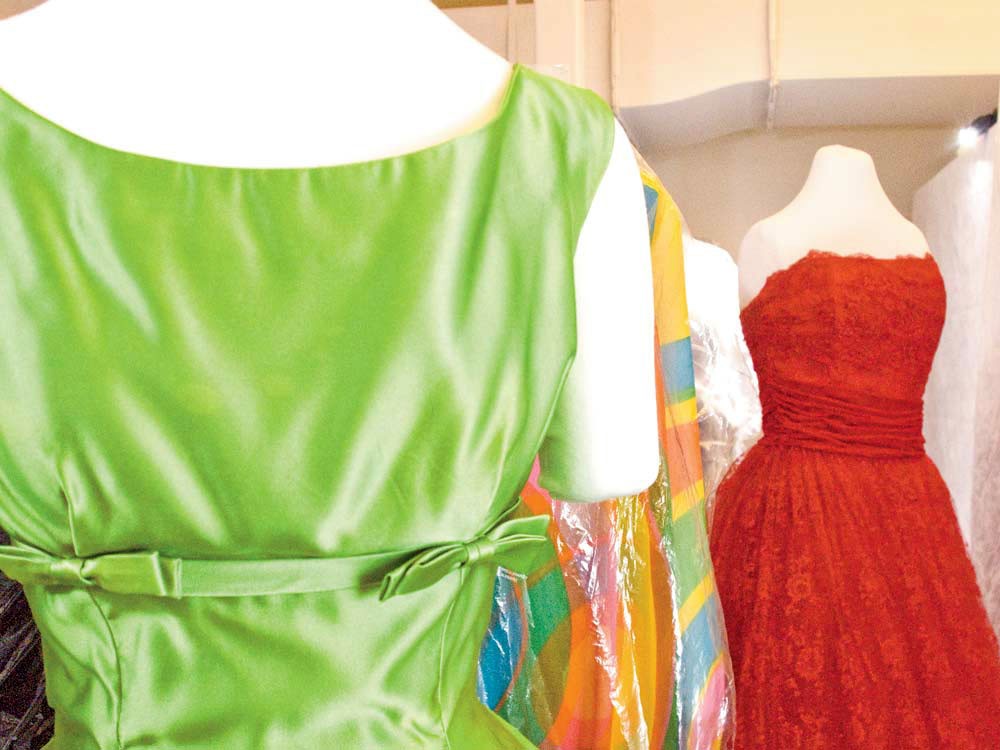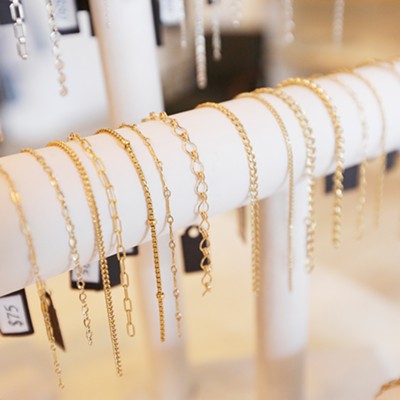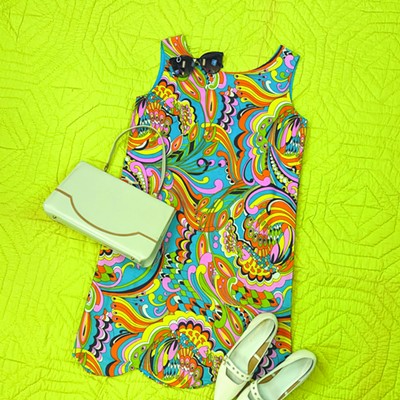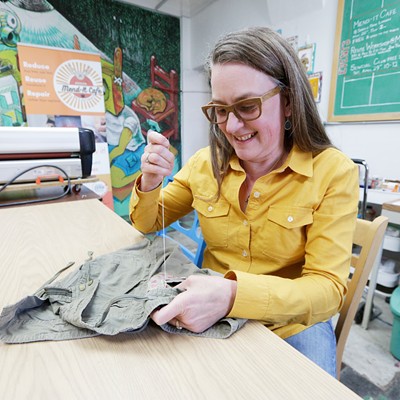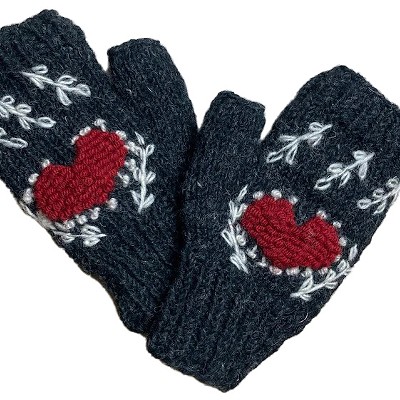Fashion is a time capsule. But the flowers in your hair and the bell of your pant legs are more than just signs of the times: They measure socioeconomic status and power. We may think that clothes cover us up — but they reveal more than we sometimes realize.
The Museum of Arts & Culture’s “Dress Code” exhibits the clues and messages that women send through fashion. The 30 pieces in the collection serve to show style motivated by political desire, sexuality and culture. Women use fashion, in other words, as a means of getting what they want.
“We wanted to create an exhibit that amplified the female experience,” says curator Laura Thayer as she spirals down the staircase to the MAC basement. “We want people to get a sense that times change and that what we wear does relate to our general experience in our society.”
Downstairs, a dozen or so handmade mannequins wait nakedly, bras stuffed and ready to be dressed. The dressing process is time-consuming and delicate, but a few mannequins are trimmed in suede and lace, ready for their debut.
The interactive exhibit is broken into various segments, including a time line, peep show and display of influential Washington women. Each visitor is welcomed with a mirror and a question. What do your clothes reveal about you?
“The exhibit reflects on the history of women, but we are constantly trying to bring these themes to present times,” says Ginger Ewing, MAC curator for cultural literacy. “The exhibit is very introspective because visitors are forced to ask themselves what kind of messages their clothing conveys.”
The time line portion of the exhibit portrays archetypal characters, Ewing says: the suffragist, the flapper, the housewife, the businesswoman. It records parallels between fashion and social movements, following the evolution of both women’s history and style.
Fashion trends from the 18th century all the way to the 1970s are displayed with generalized information regarding women’s position in the economy, politics, in the home and overall. One display highlights a floral satin dress from 1730 worn during George Washington’s presidential inauguration nearly 60 years later. Another piece is a strapless cherry-red ball gown from the 1940s.
The genealogy of each article reveals not only the story of the women behind the dress, but the shared experiences women faced. “We’re trying to give voice to those objects,” Thayer says. “The almost exclusively local collection tells a lot about regional experience but it also echoes the fashion history and women’s experience as a whole.”
Correlations between women’s struggle for equality and their sense of fashion are revealed throughout.
Suffragettes and their flapper counterparts of the 1920s gained greater equality; correspondingly, their clothing, with its flatter silhouettes, became more masculine.
But by the time men came back from World War II, fashion and culture shifted. The ideal woman was in the home rearing the baby boomer generation in formal cocktail dresses. She had a tiny waist, full hips, a maternal bust. And, of course, in time, fashion would change yet again.
“There has been a trend in the last few decades, beginning even before the 1970s, where more equality for women means clothing trends are going to reflect it,” Thayer says. “More equality lends to more unisex fashion.”
Although organizers say it’s not a feminist exhibit, recognizable feminist themes prevail throughout.
“We’re not explicitly tracing the history of fashion and body image in the feminist perspective, but there are elements visible,” Thayer says.
Most notably, those themes find root in the exhibit’s peep show. One mirror outlines the figure of the average fashion model at 5-foot-8 and 108 pounds.
On an adjacent mirror outlines the average American woman at 5-foot-3 and 147 pounds.
“The exhibit questions what women do and have done to conform to the American ideal,” Ewing says. “We’ve transitioned from corsets to girdles to Spandex and liposuction. Body-image issues can get very dark and introspective, so we’ve tried to reveal these messages subtly and in a fun, proactive way.”
The peep show displays female personas from 1890, 1920 and 2010, fashionably dressed for their times. Behind a little door are their real undergarments: a corset, a girdle and a cotton dress.
Women have the opportunity to try on the clothing and take photographs. Thayer hopes visitors will reflect on the restrictive styles of dress and question whether their body reflects cultural standards of beauty and fashion.
Taken separately, the exhibits’ messages appear cryptic, but when shown together in their entirety — in the contexts of each era — the collection shines light on women’s motivations in dressing themselves.
Sometimes whimsical but always calculated, clothing reveals a stylish history of fashionistas.
“I
think that we’ve crafted a story in a way that people can have fun and
reflect on the challenges of being a woman and looking great,” Thayer
says. “People should walk away feeling good in their own skin.”

